The “experimental therapeutic” bandage can be used anywhere, anytime using a simple color code, according to a paper published this month in the medical journal ACS Nano, by a team from China’s Northeastern University (NEU).
Skin infections are among the most common infectious diseases and wound healing can be slow and painful, especially for diabetics.
A team of researchers from Northeastern University in China said the smart bandage can detect and identify bacterial skin infections, as well as provide appropriate treatment. Photo illustration: Shutterstock
A research team led by NEU professors Song Yan-yan and Ding Chen has developed a double-layer hydrogel bandage. In the event of an infection, the green layer of the bandage turns yellow within three hours.
If the bandage remains yellow, indicating an infection with drug-sensitive bacteria (DS), the researchers treat the wound by placing another layer of hydrogel on top of the first bandage to release an antibiotic.
In cases where the bandage turns red, it means there are superbugs present – drug-resistant (DR) bacteria, a growing challenge in the fight against infectious diseases. To treat such wounds, therapists can add a hydrogel layer that produces a superoxide compound that is activated by movement or massage to prevent antibiotic-resistant infections. The compound attacks the DNA, proteins and lipids of bacteria, causing their cells to die and thereby effectively controlling the wound.
The bandage works on the principle that any bacterial growth will create an acidic environment at the site of infection and react with the first hydrogel pad to change color. The same pad will continue to change color to red if it detects additional enzymes normally found in DR bacteria.
“The hydrogel was able to detect both DS and DR bacteria within 3 hours. The color change was observed even at low concentrations for both DS and DR bacteria,” Professor Song explained, adding that higher concentrations of bacteria produced a deeper red color.
“The multifunctional design of the new wound dressing effectively reduces antibiotic overuse and accelerates wound healing, providing an innovative and promising wound healing strategy for on-site diagnosis and treatment,” Professor Song pointed out. “This tool has great potential for low-cost wound dressing and is easy to operate for rapid detection and intelligent treatment, requiring no additional equipment, and is convenient for home use.”
According to VNA/Tin Tuc Newspaper
Source link


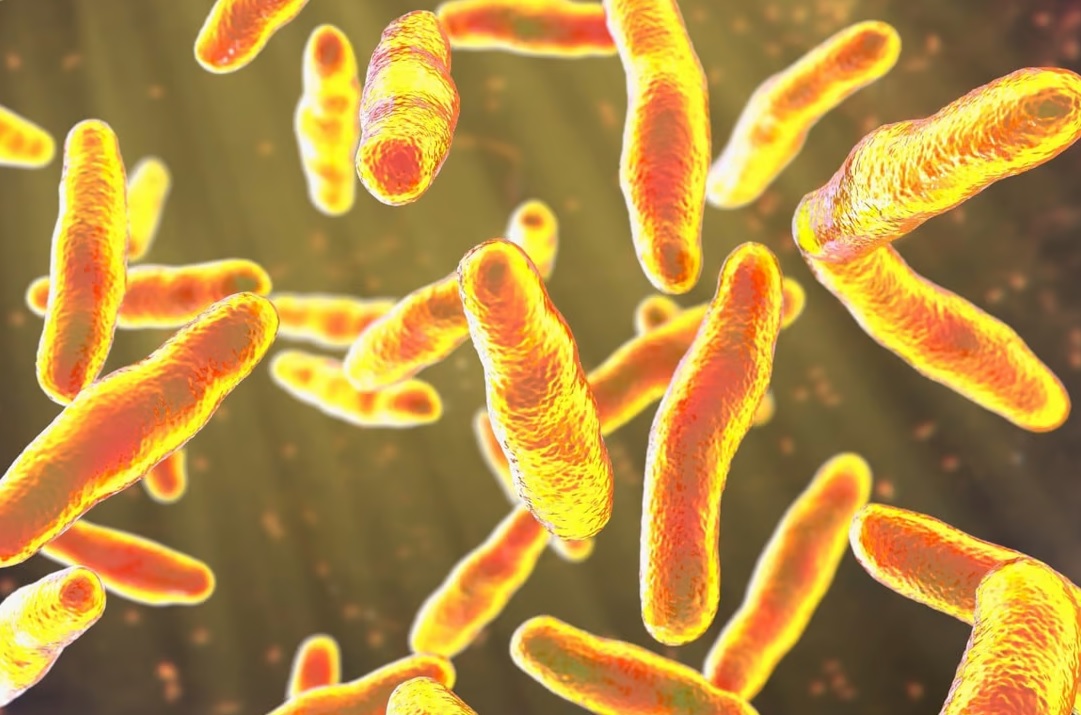


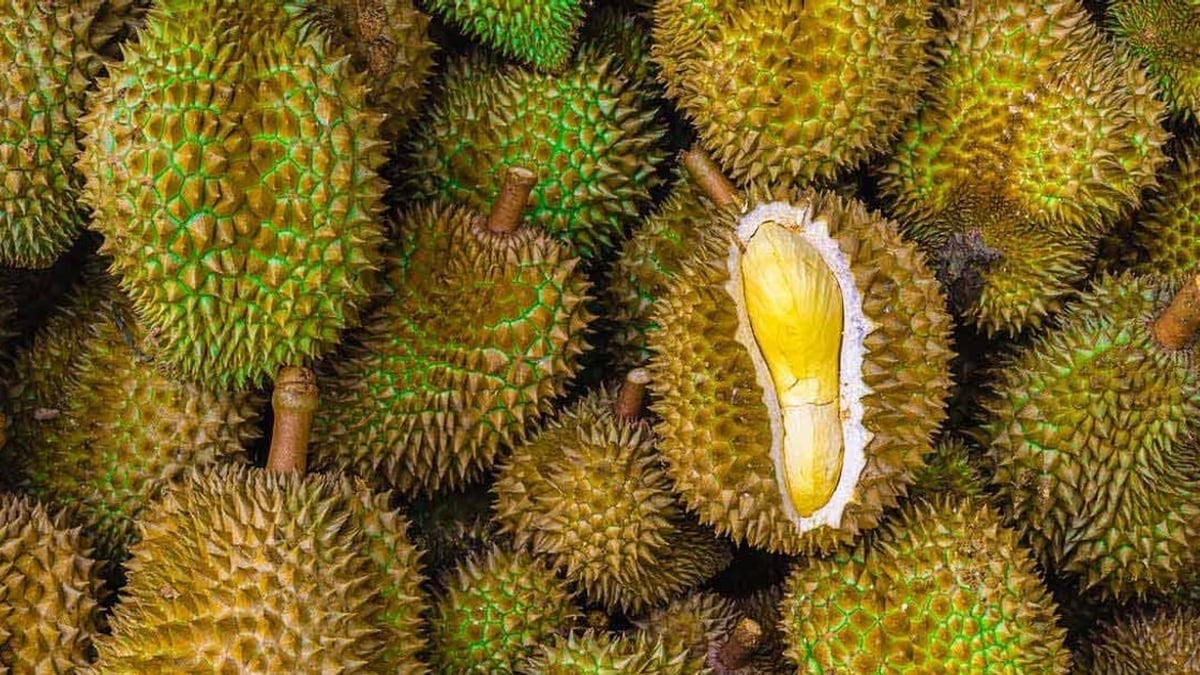
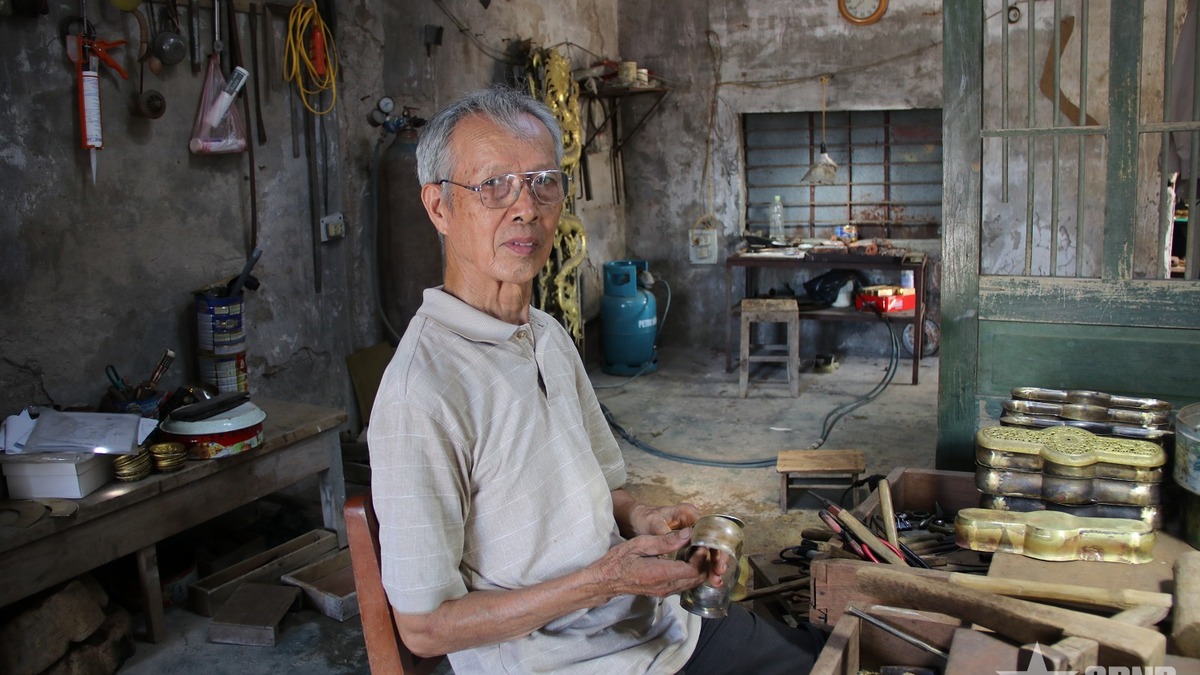

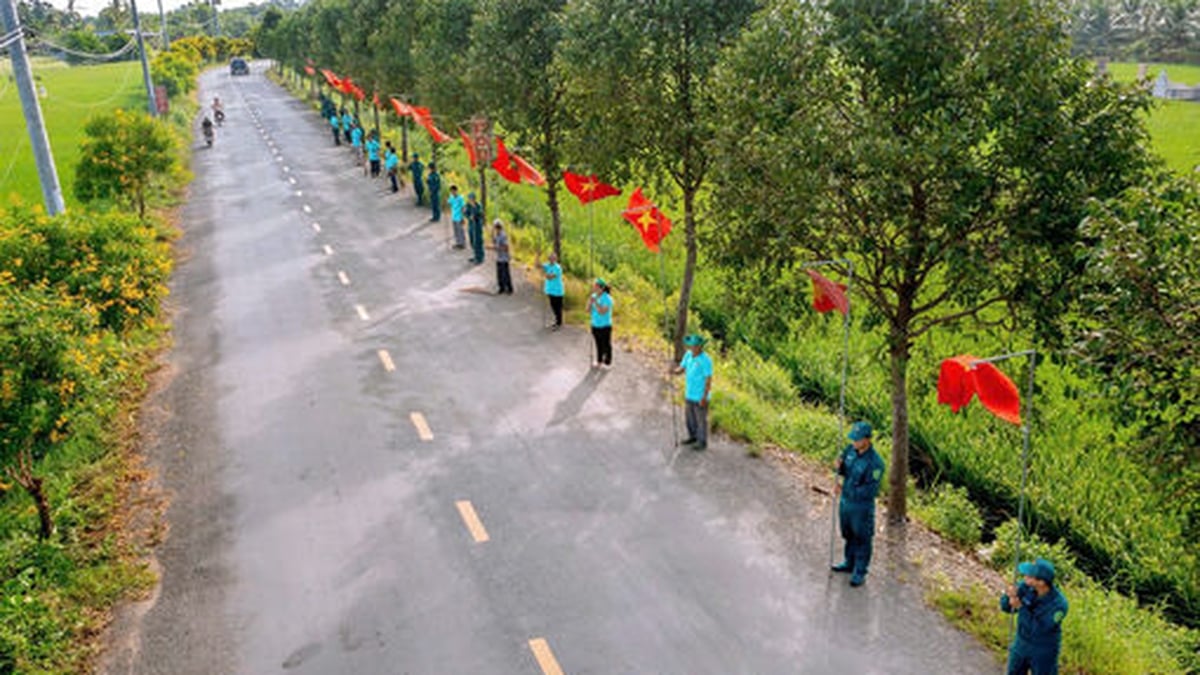
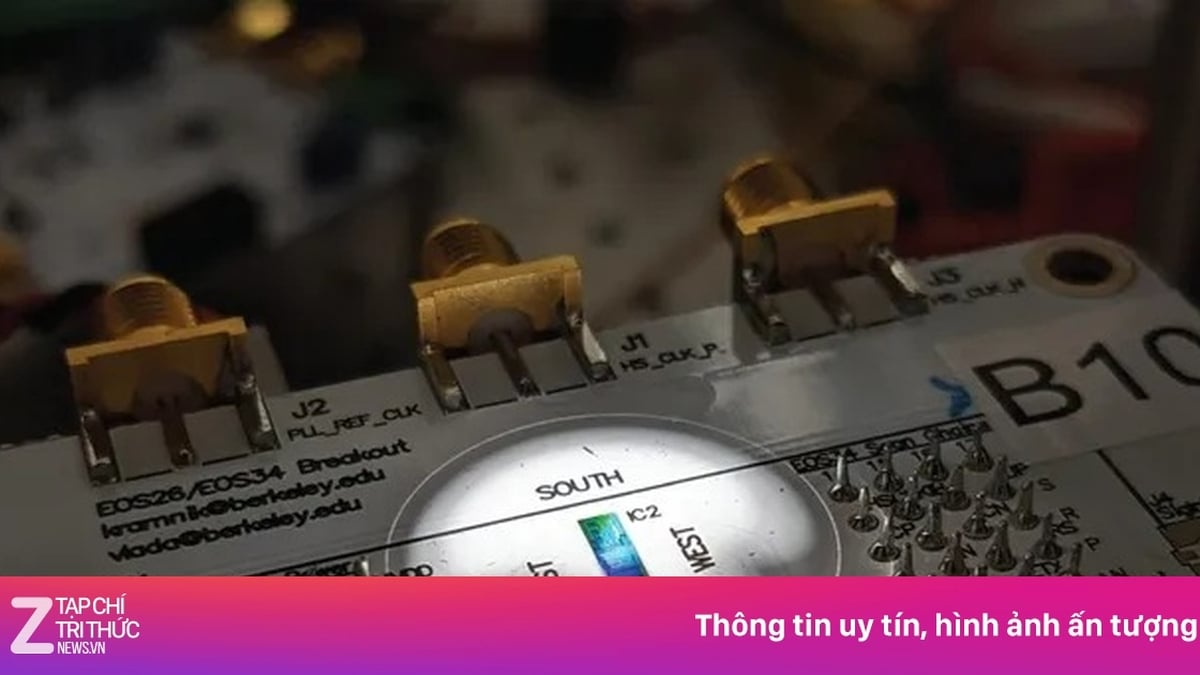






























































































Comment (0)